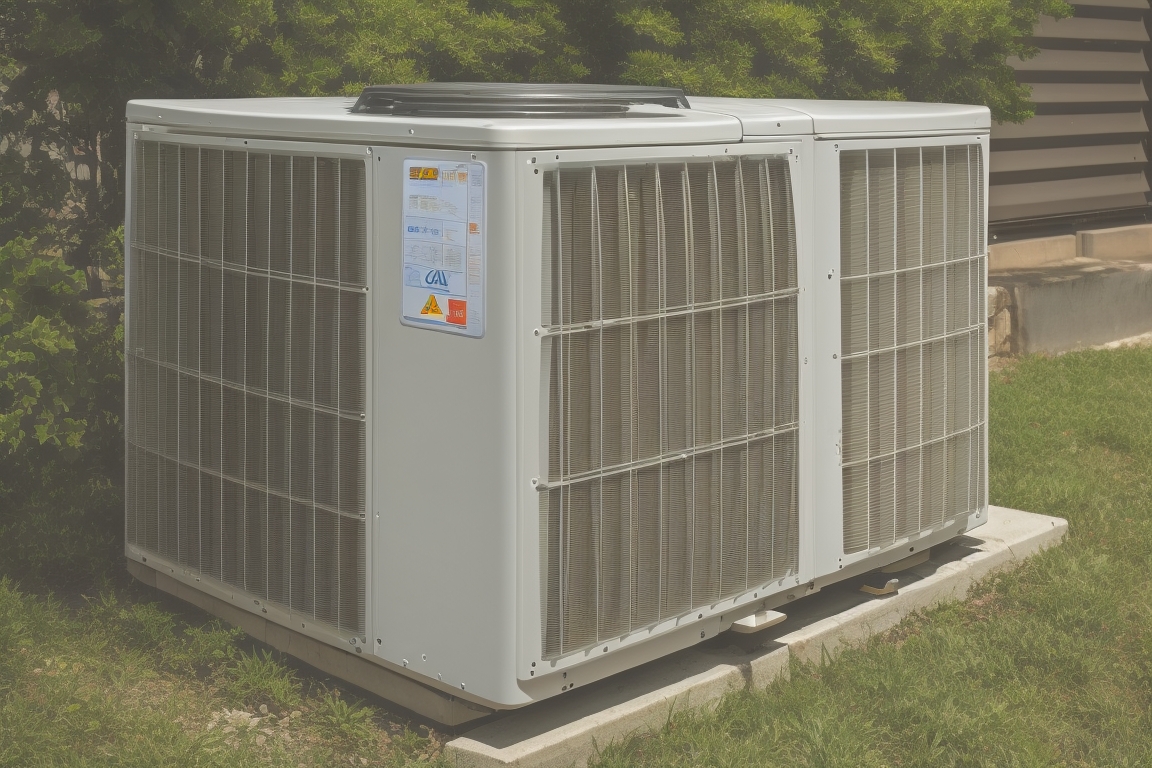How Does A Central Air Conditioner Differ From A Window Unit
The field of HVAC systems offers a range of air conditioning options, each with unique characteristics. Specifically, central air conditioners and window units present distinct differences in terms of mechanism and functionality. This investigation explores these dissimilarities, providing an in-depth comparison between the two systems. The objective is to equip readers with a comprehensive understanding to make informed decisions regarding their domestic or commercial cooling needs.
Key Takeaways
- Central air conditioners operate based on refrigeration principles, while window units are self-contained and portable cooling devices.
- The compressor is the 'heart' of the central air conditioner system, compressing low pressure/temperature gaseous refrigerant into high-pressure/high-temperature gas.
- Window units cool only the area where they are installed, reducing energy consumption compared to central air conditioners.
- Central air conditioners require extensive ductwork for installation, while window units can be easily installed in open windows or through-wall openings without complex ductwork installation.
Understanding the Mechanism of a Central Air Conditioner
In order to fully comprehend the distinction between a central air conditioner and a window unit, it is essential first to understand the mechanism of a central air conditioner. This system operates based on the principles of refrigeration, wherein heat is removed from one area and transferred to another. The primary components include an evaporator coil, condenser coil, compressor, and an expansion device.
The role of the compressor in this setup cannot be overstated. It functions as the 'heart' of the system by pumping refrigerant throughout the cycle. It compresses low pressure/temperature gaseous refrigerant into high-pressure/high-temperature gas before it moves into the condenser coil.
At this juncture, heat is expelled from the refrigerant and it transforms back into a liquid state through cooling. The cooled liquid then circulates back via an expansion device which drops its pressure causing it to partially evaporate before re-entering the evaporator coil where it absorbs heat from indoor air.
This intricate process allows for efficient cooling throughout an entire building structure leading to a sense of comfort and belonging for occupants. Having explored this concept in depth, attention now turns towards exploring the functionality of a window unit air conditioner.
Exploring the Functionality of a Window Unit Air Conditioner
Exploring the functionality of a compact cooling device reveals its unique characteristics, such as its self-contained and portable nature. Such a cooling device is typically referred to as a window unit air conditioner. This type of air conditioning system differs significantly from central systems in terms of installation process and energy efficiency.
The installation process for window units tends to be simpler than for central systems. These devices are designed for placement in an open window or through-wall opening, eliminating the need for extensive ductwork and facilitating easy removal when not required. This feature contributes to their portability, allowing users to relocate them with relative ease.
Energy efficiency is another vital aspect of these devices. Window units cool only the area where they are installed, thus reducing energy consumption compared to whole-house systems like central air conditioners. However, it must also be noted that the efficiency can vary based on factors such as age and maintenance of the unit.

